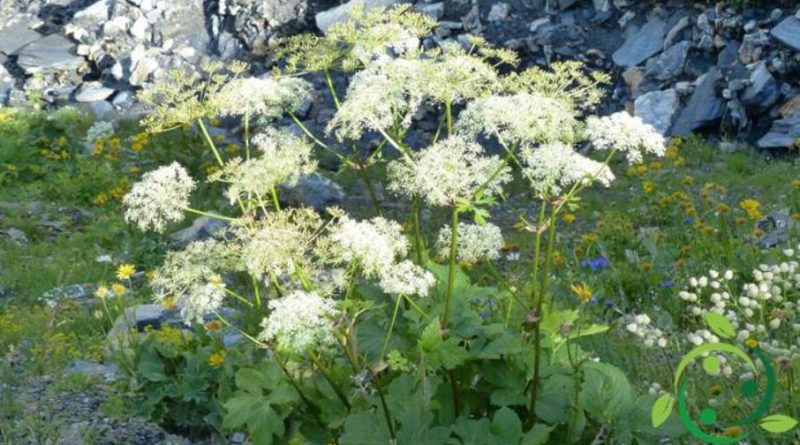How to cultivate the imperatoria
How to cultivate the imperatoria
The Masterwort (Peucedanum ostruthium (L.) W.D.J.Koch, 1824) is a perennial herbaceous species of the Apiaceae family, native to central and southern Europe. The plant is characterized by a large underground rhizome and a stem, simple or branched only at the top, striated externally and hollow inside. The leaves are, for the most part, divided into three leaflets, in turn intact or divided into two or three lobes. The flowers are white or pink, are gathered in umbrellas composed of 20-40 umbrellas with a dozen flowers each. The fruit is an achene.
In this sheet we see how to cultivate the imperatoria considering that, spontaneously, it grows in the mountainous and sub-alpine regions up to Tuscany as a southern limit; it is found in humid grassy areas and in sparse woods up to 2000 m.
For its cultivation it is therefore necessary to choose moist soils of alpine pastures endowed with organic substance. The species is multiplied in spring with seed, suitably preserved after its harvest, or by division of rhizomes in autumn. For the sixth of plant we recommend 50-80 cm between the rows and 30-40 cm on the row.
Since the Masterwort is a species that remains on the same plot for several years it is good that the fertilization of bottom, with organic substance, is made abundantly and using, possibly, well-mature manure. Usually 300-400 q / ha of manure are to be buried when burrowing and can be supplemented if necessary with ash supplies just before winter.
For the competition with other herbs it is necessary, especially in the first period of growth, of the weeding; afterwards it reaches proportions that do not have more problems of this kind. As far as irrigation is concerned, relief interventions are carried out after sowing or after transplanting.
The plant is grown mainly for the rhizome that is harvested in spring or autumn, which, after harvesting it, is cut into pieces of 5-10 cm. It is dried in the sun and stored in bags or in glass or porcelain containers. D this part of the plant can be obtained: aromatizing and bittering and also has aperitif, digestive, sudorific, expectorant and anti-inflammatory properties.
Especially in the past, the Peucedanum ostruthium was widely used against bruises, using its root. In addition, fresh leaves were applied to heal abscesses. With cataplasms obtained with flowers, leaves and roots, wounds, wounds and bruises were treated. The infusion was used to immerse the swollen feet and find relief by adding sugar to this bath. Finally in the stables was used to burn the imperatoria as a disinfectant.

